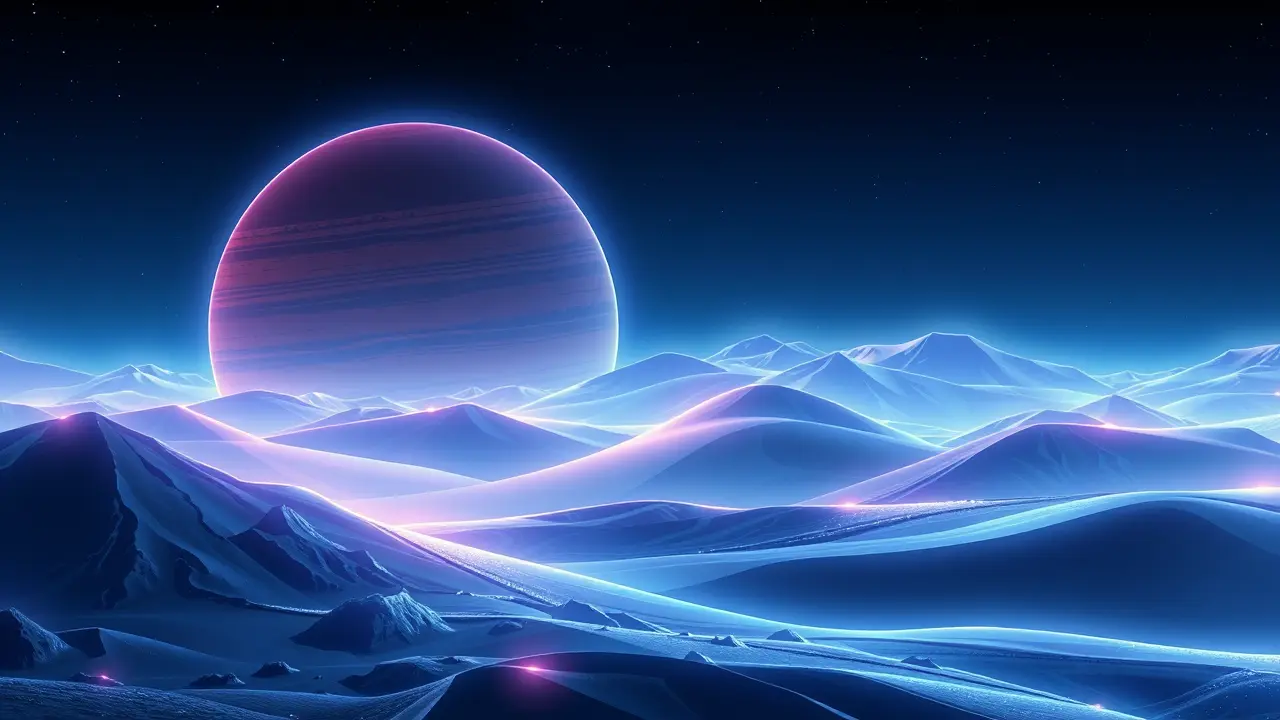Saturn's moon Titan just broke one of chemistry’s oldest rules
In a discovery that fundamentally upends one of chemistry's most foundational principles, scientists from NASA and Chalmers University have revealed that Saturn's enigmatic moon Titan is playing by a completely different rulebook. The long-held axiom 'like dissolves like,' a concept drilled into every first-year chemistry student, has been spectacularly broken on Titan's frozen surface, where incompatible substances are now known to mix and form stable crystalline structures under ultra-cold conditions.This isn't just a laboratory curiosity; it's a paradigm shift in our understanding of alien chemistry. The research demonstrates that hydrogen cyanide, a molecule considered a key precursor to life's building blocks, can co-crystallize with methane and ethane—hydrocarbons that flow in rivers and lakes across Titan's landscape.Imagine pouring oil into water and watching them not just mix, but lock together into a solid, organized lattice; that’s the scale of this chemical heresy we're witnessing. This revelation acts as a master key, potentially unlocking the mysteries of Titan's bizarre geological features, from its vast, smooth plains that defy conventional erosion models to its strangely structured dunes.It suggests that the very bedrock of Titan could be composed of these exotic, hybrid crystals, forming a world built from materials we once thought were chemically incompatible. The implications for prebiotic chemistry are staggering.Titan, with its thick atmosphere and liquid methane cycles, is often seen as a frozen analog of a primordial Earth. If the fundamental rules of solubility and interaction are this malleable in cryogenic environments, the pathways for forming complex organic molecules—the very seeds of life—could be far more diverse and robust than we ever imagined.It forces us to reconsider the chemical possibilities on icy moons throughout our solar system, from Europa's subsurface ocean to the frozen plains of Pluto. This discovery, much like when we first grasped that the Earth revolved around the Sun, doesn't just add a new fact; it rewrites the context of the entire conversation, opening up a new frontier in astrobiology and planetary science where the only constant is that the universe will always surprise us.
JA
Jamie Larson123k2 days ago
reading this at 3 am and it feels like a metaphor for my life tbh everything i thought was true is a lie smh
0
JA
Jamie Larson123k2 days ago
wait what so the most basic chemistry rule is just wrong out there makes you wonder what else we have completely backwards tbh
0
